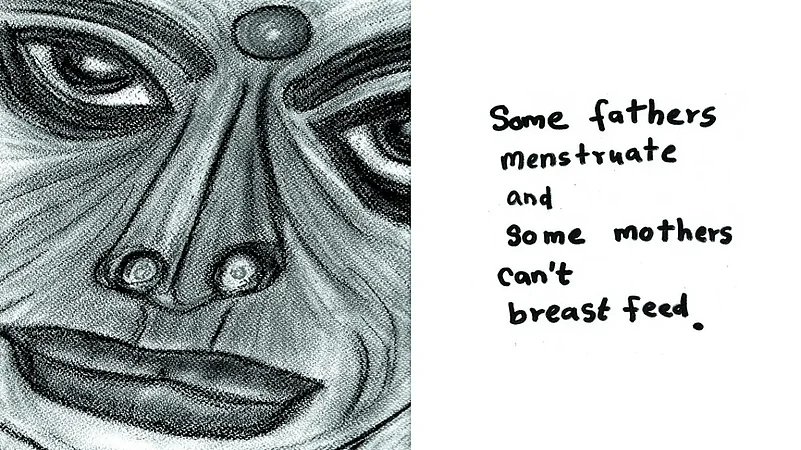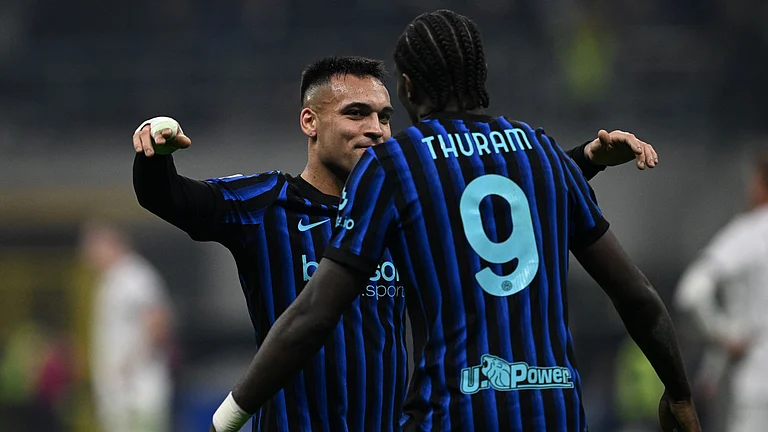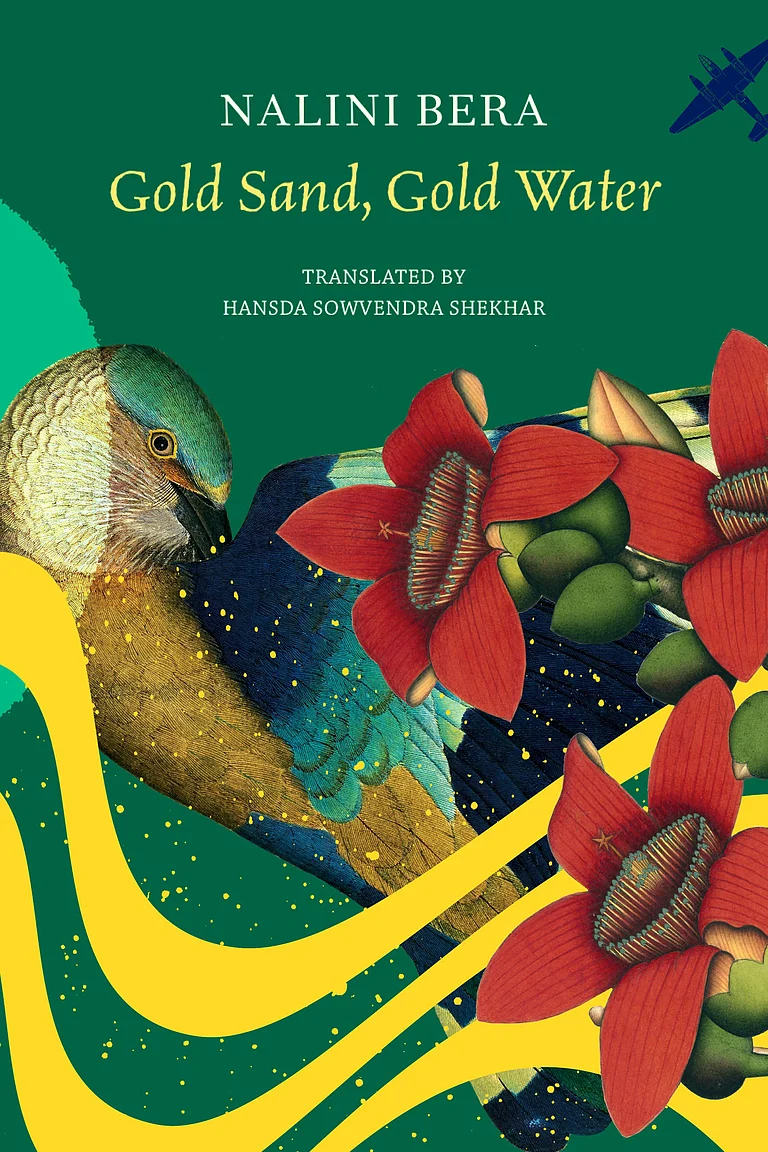In a step that could mark the beginning of a new era of judicial tolerance and empowerment for the LGBTQIA+ community, the Supreme Court has signalled its support for the legal recognition of the queer family unit. In the matter of Deepika Singh vs. Central Administrative Tribunal, a Supreme Court bench comprising Justice D.Y. Chandrachud and Justice AS Bopanna commented on the changing meaning of a family. While the case itself was not related to LGBTQIA+ rights, the Court stated that even though “the predominant understanding of the concept of a ‘family’ both in the law and in society is that it consists of a single, unchanging unit with a mother and a father (who remain constant over time) and their children”, a family unit can take many forms, and there may be “many circumstances which may lead to a change in one’s familial structure, and the fact that many families do not conform to this expectation to begin with. Familial relationships may take the form of domestic, unmarried partnerships or queer relationships.”
Most importantly, the court stated: “Such atypical manifestations of the family unit are equally deserving not only of protection under law but also of the benefits available under social welfare legislation. The black letter of the law must not be relied upon to disadvantage families which are different from traditional ones. The same undoubtedly holds true for women who take on the role of motherhood in ways that may not find a place in the popular imagination.”
Unfortunately, these remarks are just observations made by the court and do not have the force of law. They, however, are an indicator that the views of the court could open the doors for queer families in India to challenge the laws and rules that prevent the achievement of equal recognition.
Present status
The limited rights and recognition granted to the LGBTQIA+ community have been fought and won in the courts. This began with the decriminalisation of Section 377 of the Indian Penal Code by the Delhi high court and eventually confirmed (after numerous twists and turns) by the Supreme Court in Navtej Singh Johar vs. Union of India. Alongside this, the Supreme Court recognised the ‘third gender’ (broadly applies to trans and hijra people) in NALSA vs. Union of India. Up to now, these judgments have been limited to the recognition of the existence of identities beyond the cis-hetero binary and have not addressed the queer family unit. Merely granting the recognition of identity is not enough to provide the same entitlements to the queer community that cis-hetero people take for granted. For a country like India that places so much importance on community and family ties, the absence of queer rights to marry and adopt, among others, raises concerns about the ability of LGBTQIA+ members to enjoy the same rights and privileges that are granted to others.
No rights
Although public interest litigations (PILs) have been filed in high courts for the recognition of marriage for persons other than those identifying as men and women, no courts have yet granted a definitive recognition to same-sex or non-binary couples to marry. Quite the contrary, the government, in response to petitions filed to allow same-sex marriages, stated in 2021 that “‘legitimate State interest’ lay in limiting the institution of marriage to those of the opposite sex only to preserve ‘social morality’.”
Similarly, since queer couples in India, are not recognised as legal spouses or partners, they have no rights to adoption or the intestate succession—civil rights taken for granted by cis-hetero families in India. The Central Adoption Resource Authority (CARA), in regulations framed in 2017, specifically states that “No child shall be given in adoption to a couple unless they have at least two years of stable marital relationship”. In addition to government resistance to queer couples, NGOs and religious groups in India have also raised objections to the decriminalisation of Section 377 and adoption of children by persons other than married couples.
Any discussion of LGBTQIA+ rights in India would be incomplete without discussing the hijra community. Given the social stigma that pervades the community even today, they have created their own family units which fulfil and sustain them. Often, members of the hijra community have relationships within their own group, and ‘authentic’ hijras in India tend to belong to hijra gharanas and usually form guru-chela relationships as their primary familial unit. The kinship among the hijra community is important as the members often find themselves cast aside by more ‘traditional’ family units. In 2011, a fire started at a hijra community event in New Delhi, and CM Sheila Dixit announced compensation for the next of kin for those who had died in the fire. This led to an interesting conundrum for the authorities, as the next of kin for the hijra community was found within their guru-chela relationships, rather than in their traditional families. Unfortunately, none of this enjoys legal protection, and neither NALSA or The Transgender Persons (Protection of Rights) Act, 2019, address these unusual family dynamics.
The road ahead
Justice Chandrachud has been vocal about the rights of the queer community. He was one of the judges in the unanimously decided Navtej Singh Johar case and in addition to the remarks of the bench in Deepika Singh, he also emphasised the importance of achieving equality in “all spheres of life”, in a public address in New Delhi on the topic, Beyond Navtej: The Future of the LGBTQ+ Movement in India. He stated that the presence of queer persons must become the norm rather than the exception and that “Heteronormativity—in every sense of the word—must give way to plurality of thought and of existence.” However, the actual record of the Supreme Court on the protection of marriage is mixed. The court has not stopped enforcing Love Jihad laws in states like Uttarakhand and Uttar Pradesh that have had a severe impact on inter-faith marriages. Similarly, the Navtej Johar judgment came about only after intense scrutiny and criticism of the Supreme Court’s initial judgment in the matter in Suresh Kumar Kaushal vs. Naz Foundation that upheld the criminalisation of homosexuality.
At present, this is a particularly interesting period for the Supreme Court. Justice Chandrachud is next in line to be the Chief Justice of India. His two-year term begins on November 9, 2022. It remains to be seen whether his comments on Deepika Singh will actually become the law of the land.
(This appeared in the print edition as "We Are Family")
(Views expressed are personal)
Apoorva Sharma and Tanvee Nandan both writers are Associate Professors of Law at Jindal Global Law School. Apoorva works in areas of public law, while Tanvee works in areas of access to justice





















